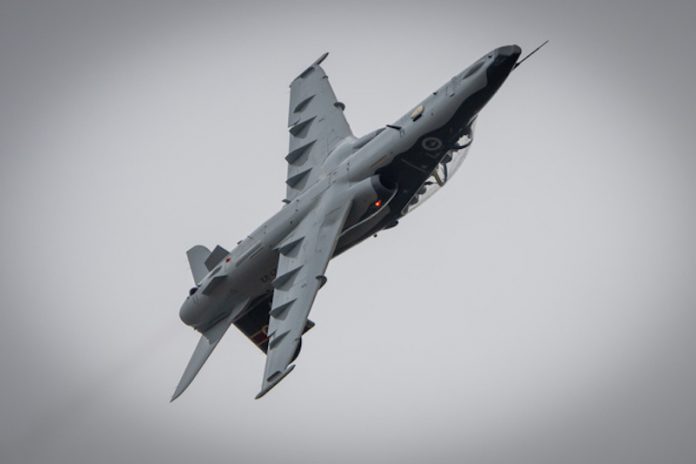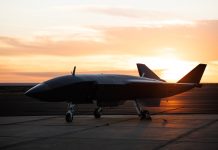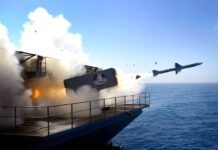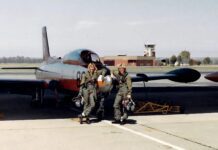
BAE Systems Australia has announced that its Hawk aircraft, the advanced jet trainer used to prepare Australian pilots for life in a fast jet cockpit, has completed the equivalent of 50,000 ‘flying’ hours. The achievement is part of a major structural testing program in a joint project involving BAE Systems and DST Group.
In a statement BAE Systems Australia Director Aircraft Sustainment and Training Andrew Chapman said: “The Full Scale Fatigue Test is a hugely important achievement for the Australian Lead In Fighter program and was made possible by the collaboration of a small dedicated team across many thousands of kilometres.”
“The Hawk is the world’s most successful and proven military aircraft trainer, built on more than 35 years of fast jet training experience.”
“The 2019 completion of Hawk (LIFCAP) upgrade ensures the aircraft is freshly updated and available for service in the RAAF for many more years.”
The Hawk aircraft and its through-life support program has been designed for a 25-year life, to reflect the evolving training requirements of frontline combat aircraft. This will ensure that the Hawk Lead-In Fighter remains a cost effective training solution throughout its whole-of-life, according to BAE.
The world first test program was conducted at DST Group’s Fishermans Bend facility in Victoria where for 14 years a Hawk air frame was subjected to the range of loads that it would experience in actual flight, simulating real life fleet usage based on projected operational requirements.
Based on current usage, the fatigue life remaining in the Hawk airframe would allow the aircraft to continue operations well into the late 2040s.
The 33 Hawk aircraft operated by the Royal Australian Air Force have a clearance of 10,000 flying hours – 50,000 flying hours of structural testing is five times the current clearance of the most modern Hawks in air forces across the world and more than ten times the current flying hours on most of the Australian fleet.



















